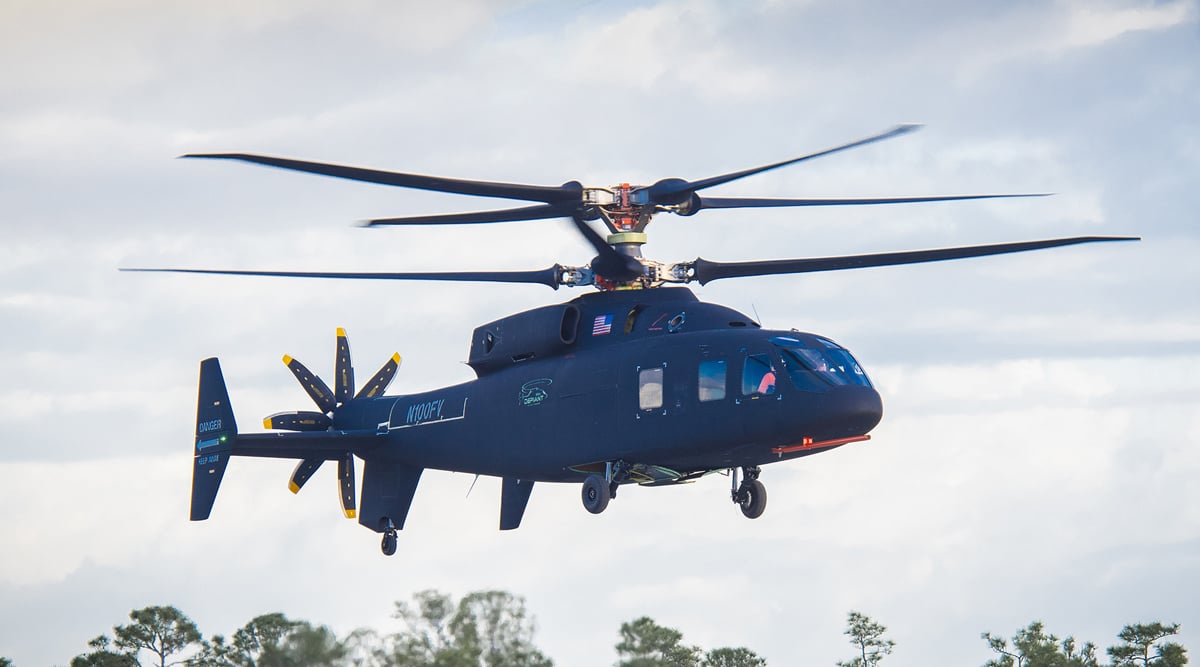Click Here to View This Page on Production Frontend
Click Here to Export Node Content
Click Here to View Printer-Friendly Version (Raw Backend)
Note: front-end display has links to styled print versions.
Content Node ID: 401011
The U.S. Army’s Future Long Range Assault Aircraft (FLRAA) program has made significant progress with the March 16 award of contracts to bidders Bell and Sikorsky/Boeing. The contracts cover competitive demonstration and risk reduction (CD&RR) work associated with the Bell V-280 Valor and Sikorsky/Boeing SB>1 Defiant. With the awards, these two types become the official contenders for the FLRAA selection, which is intended to find a replacement for the Sikorsky UH-60 Black Hawk.

The contracts have been awarded via the Other Transaction Authority (OTA) channel, which is more flexible than the traditional Department of Defense contractual process, and which does not require the Army to release contract values. Over two years, the companies will produce conceptual designs and perform risk and trade studies, leading to the launch of a full program of record competition and down-select in 2022. The winning FLRAA design is scheduled to enter service around 2030.
Both Bell and Sikorsky/Boeing will draw on the large amounts of flight data amassed with the V-280 and SB>1 prototypes, which were produced for the Army’s Joint Multirole Technology Demonstrator (JMR-TD) trials. Whereas a majority of JMR-TD work was company-funded, the DoD is providing around two-thirds of the funding for the CD&RR phase.
The V-280 Valor first flew in December 2017 and has now amassed more than 170 hours. It has reached its intended optimal cruise speed of 280 knots, with a top speed of over 300. The SB>1 first flew in March 2019 but was temporarily grounded soon after as a technical issue encountered with a ground testbed was resolved. It returned to the air in September and has been flying regularly since. The aim is to push its speed envelope out to at least 250 knots.